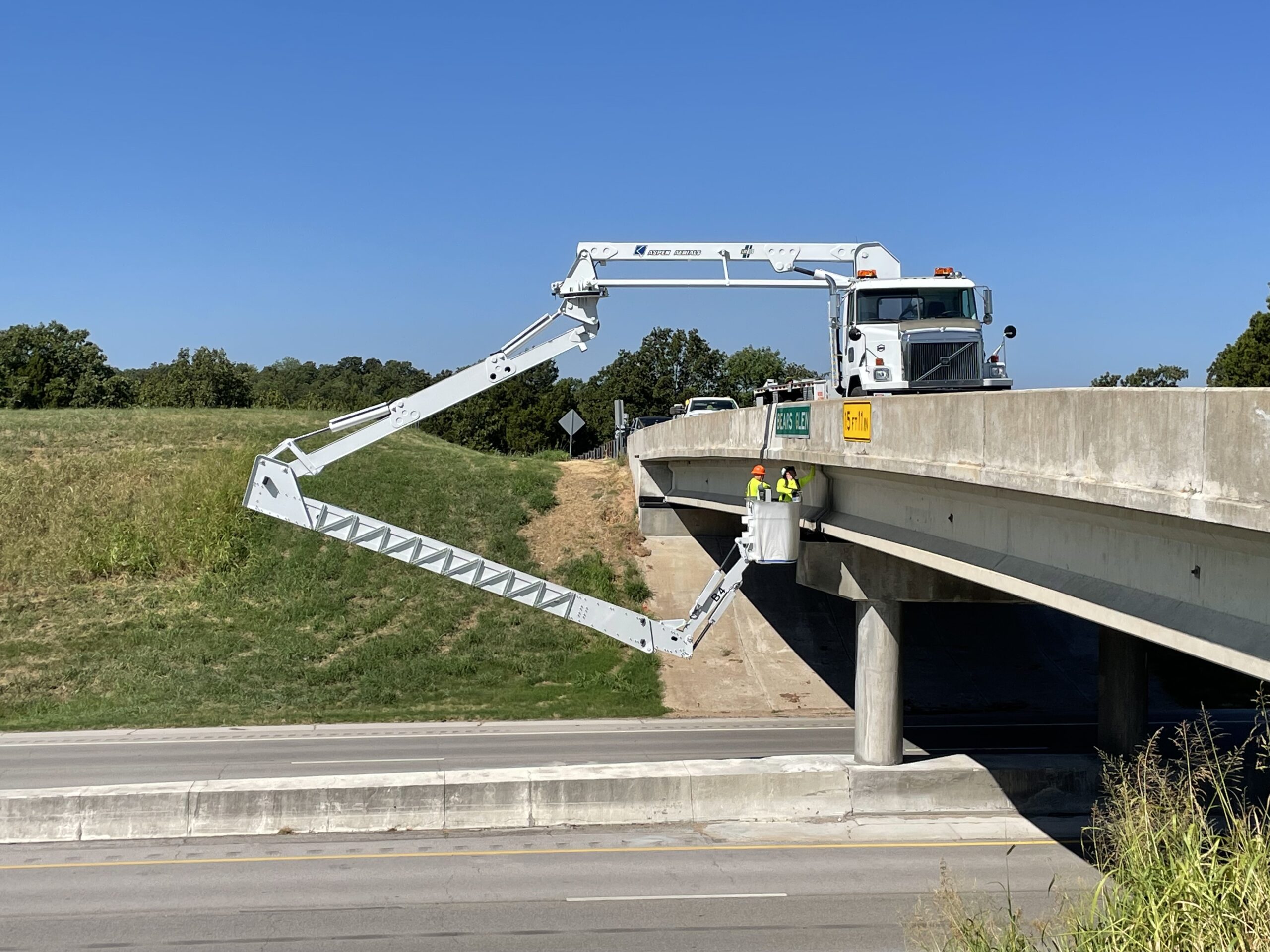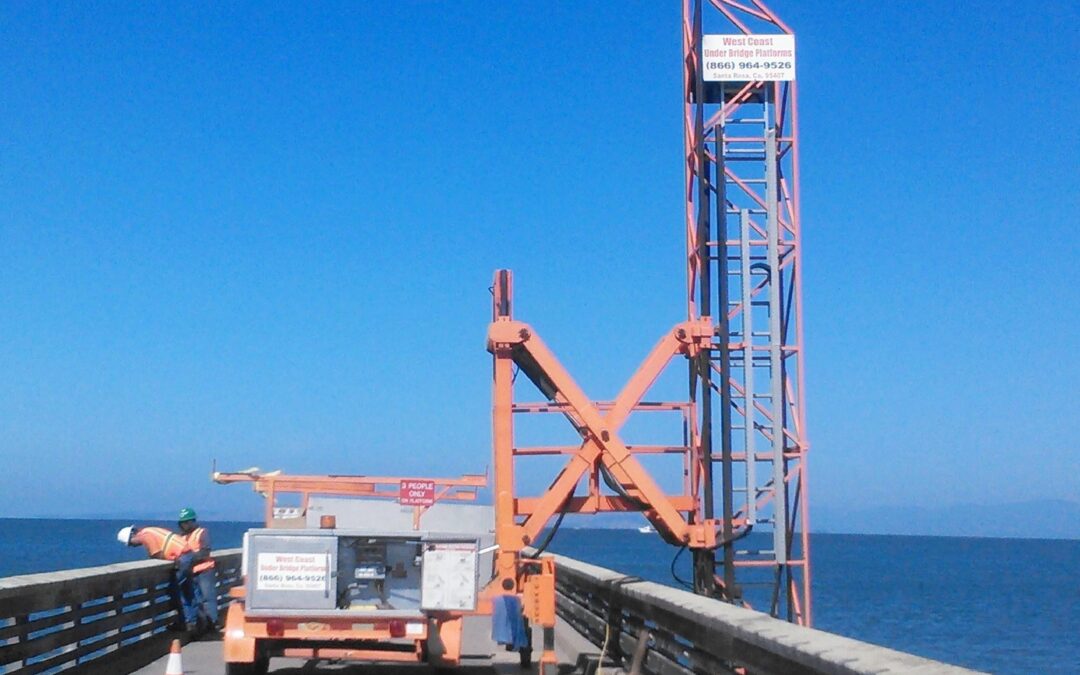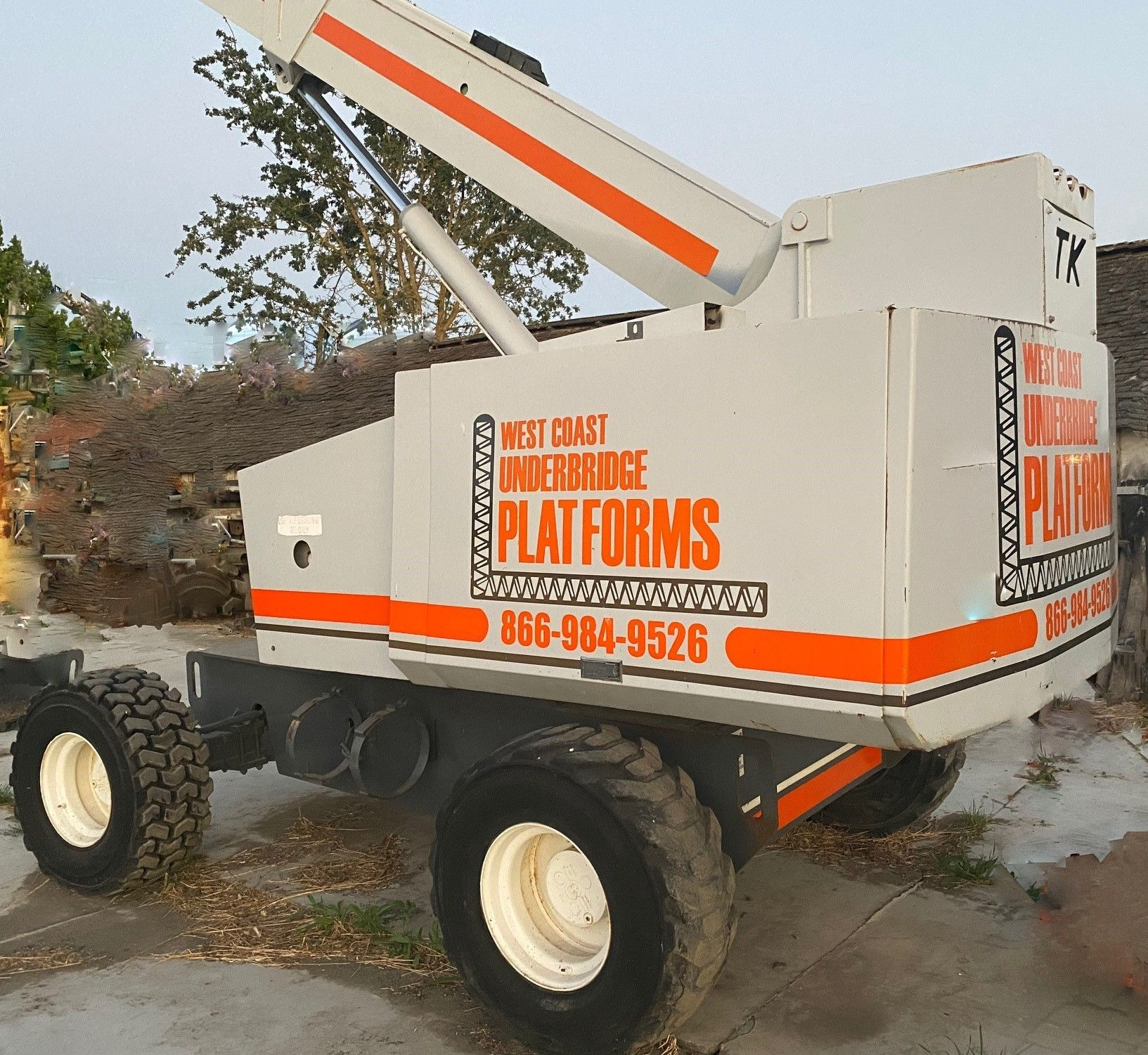When it comes to bridge inspections and highway bridge work, some things never change. Safety, for example. And the continual need for efficient access to all the various regions of highway bridges. Construction methods and materials have not changed substantially for more than 75 years, and the basic structure of highway bridges remains similar to those built hundreds of years ago.
However, as technology advances and infrastructure needs evolve, the landscape of highway bridge inspection, repair, and maintenance is poised for significant transformation. The coming years promise a convergence of innovation, data-driven strategies, and sustainable practices that will redefine how we ensure the safety and longevity of vital transportation structures.
Not Every Advancement is Technological
No technological improvement or innovation can be successfully implemented without the personnel required to use or operate them, nor without the funding needed to finance bridge work. In fact, one could argue that without the funds necessary to hire workers and provide materials, tools, and equipment, nothing will happen.
Enter the Infrastructure Investment and Jobs Act (IIJA) of 2021.
The Infrastructure Investment and Jobs Act , or IIJA, has allocated substantial funding that promises to significantly impact highway bridge inspections, maintenance, and repair work in several ways, including:
- Increased Funding for Infrastructure: The IIJA allocates billions of dollars specifically for bridge repairs and replacements. This increased funding can enhance the frequency and depth of inspections and facilitate necessary repairs or replacements to ensure the safety and longevity of bridges.
- Modernization and Technological Advancements: The funding provided by the IIJA can be used to integrate advanced technologies into bridge inspection and maintenance processes. This includes deploying drones, advanced sensors, and AI-driven analytics to conduct more comprehensive and efficient inspections, identifying issues early and facilitating timely repairs.
- Sustainability and Resilience Initiatives: The bill emphasizes resilience against climate change and extreme weather events. This could lead to investments in building more resilient bridges designed to withstand natural disasters, reducing the need for frequent repairs due to weather-related damages.
- Workforce Development: The increased investment might also support workforce training and development programs for bridge inspectors, maintenance personnel, and engineers. This could ensure a skilled workforce capable of implementing modern inspection techniques and innovative repair methodologies.
- Accelerated Project Timelines: The infusion of funding could expedite maintenance and repair projects, reducing the backlog of bridges in need of attention. This could lead to quicker assessments, prioritization of critical repairs, and overall improvements in bridge conditions across the nation.
- Data-Driven Decision-Making: The funding might facilitate the development of robust data management systems, allowing for better organization, analysis, and utilization of bridge inspection data. This can aid in predictive maintenance strategies, optimizing resources, and addressing potential issues before they escalate.
Overall, the IIJA’s funding provisions have the potential to significantly improve the conditions of the nation’s bridges. By enhancing inspection capabilities, deploying advanced technologies, promoting sustainability, and expediting repairs, it can lead to safer and more resilient infrastructure for the long term.
The Future Looks Bright for Highway Bridges and the Transportation Infrastructure Industry
While innovations and advancements have always played a significant role in road and bridge construction, the promise of a rapidly changing landscape is on the horizon. Here are some of the more significant factors that will impact the nature of the transportation infrastructure field going forward.
Advanced Inspection Technologies
The future of bridge inspection will rely heavily on innovative technologies. Drones equipped with high-resolution cameras and sensors will revolutionize inspection processes by providing detailed visual data and accessing difficult-to-reach areas. LiDAR (Light Detection and Ranging) technology will enable precise three-dimensional mapping, enhancing the accuracy of structural assessments.
AI and Data Analytics
Artificial Intelligence (AI) and machine learning algorithms will play a pivotal role in analyzing vast amounts of inspection data. Predictive analytics will enable inspectors to forecast potential issues based on historical data, allowing for proactive maintenance and targeted repairs before problems escalate.
Remote Monitoring and IoT Integration
Integration with the Internet of Things (IoT) will enable real-time monitoring of bridge conditions. Smart sensors embedded within bridge structures will continuously collect data on factors like strain, temperature, and vibrations. This constant monitoring will provide instant alerts about any anomalies, facilitating timely interventions.
Sustainable Materials and Repair Techniques
Advancements in materials science will introduce more sustainable alternatives for bridge construction and repair. Self-healing concrete and innovative composite materials will offer increased durability and resilience, reducing the frequency of maintenance and repair interventions.
Robotics and Automation
The use of robotics and automated systems in bridge repair and maintenance will increase efficiency and safety. Automated repair robots equipped with 3D printing capabilities could perform minor repairs on-site, reducing human exposure to hazardous conditions and minimizing traffic disruptions.
Enhanced Asset Management Systems
State-of-the-art asset management systems will integrate inspection, maintenance, and repair data into comprehensive platforms. These systems will enable authorities to prioritize and optimize budget allocation based on the condition and criticality of each bridge in a network.
Emphasis on Sustainability and Resilience
Infrastructure projects will increasingly prioritize sustainability and resilience. Bridges designed to withstand extreme weather events, such as hurricanes and floods, will become the norm. Additionally, eco-friendly maintenance practices and materials will gain traction to minimize environmental impact.

The Future of Highway Bridge Work: Challenges and Considerations
Despite these promising advancements, challenges persist. Integrating new technologies into existing infrastructure, addressing funding constraints, and ensuring workforce readiness for handling advanced systems remain critical concerns. Furthermore, maintaining cybersecurity in interconnected systems will be vital to safeguarding sensitive bridge data from potential threats.
The foreseeable future of highway bridge inspection, repair, and maintenance is a convergence of innovation and sustainability.
From drones and AI-driven analytics to sustainable materials and enhanced asset management, the industry is on the cusp of a transformational era. Embracing these advancements will not only ensure the safety and reliability of our infrastructure but also pave the way for a more resilient and sustainable transportation network.
This outlook reflects the imminent changes and advancements that are expected to revolutionize the highway bridge inspection, repair, and maintenance landscape, emphasizing innovation, sustainability, and data-driven strategies for ensuring infrastructure integrity.
Helping You Bring the Present into the Future with Under Bridge Platforms
Choosing the right under bridge inspection vehicle holds the key to project success. Tailored capabilities meeting specific structural and terrain demands are pivotal factors that can easily outweigh mere cost considerations.
And Partnering with a trusted professional ensures a precise match for your project’s needs. At Under Bridge Platforms, our commitment spans the Western States, including California, Washington, and Oregon. Explore our broad inventory featuring top-grade snooper trucks and innovative under bridge access platforms, including the cutting-edge Truck Mounted Hydra Platform HPT43.
As the exclusive provider of comprehensive under bridge access solutions in California, we take pride in our unmatched customer service. Our enduring partnerships with esteemed clients speak volumes about our steadfast dedication.
Feel free to contact us today regarding your unique requirements. Your bridge inspections merit the best equipment available, and we’re here to turn that expectation into reality.



Recent Comments